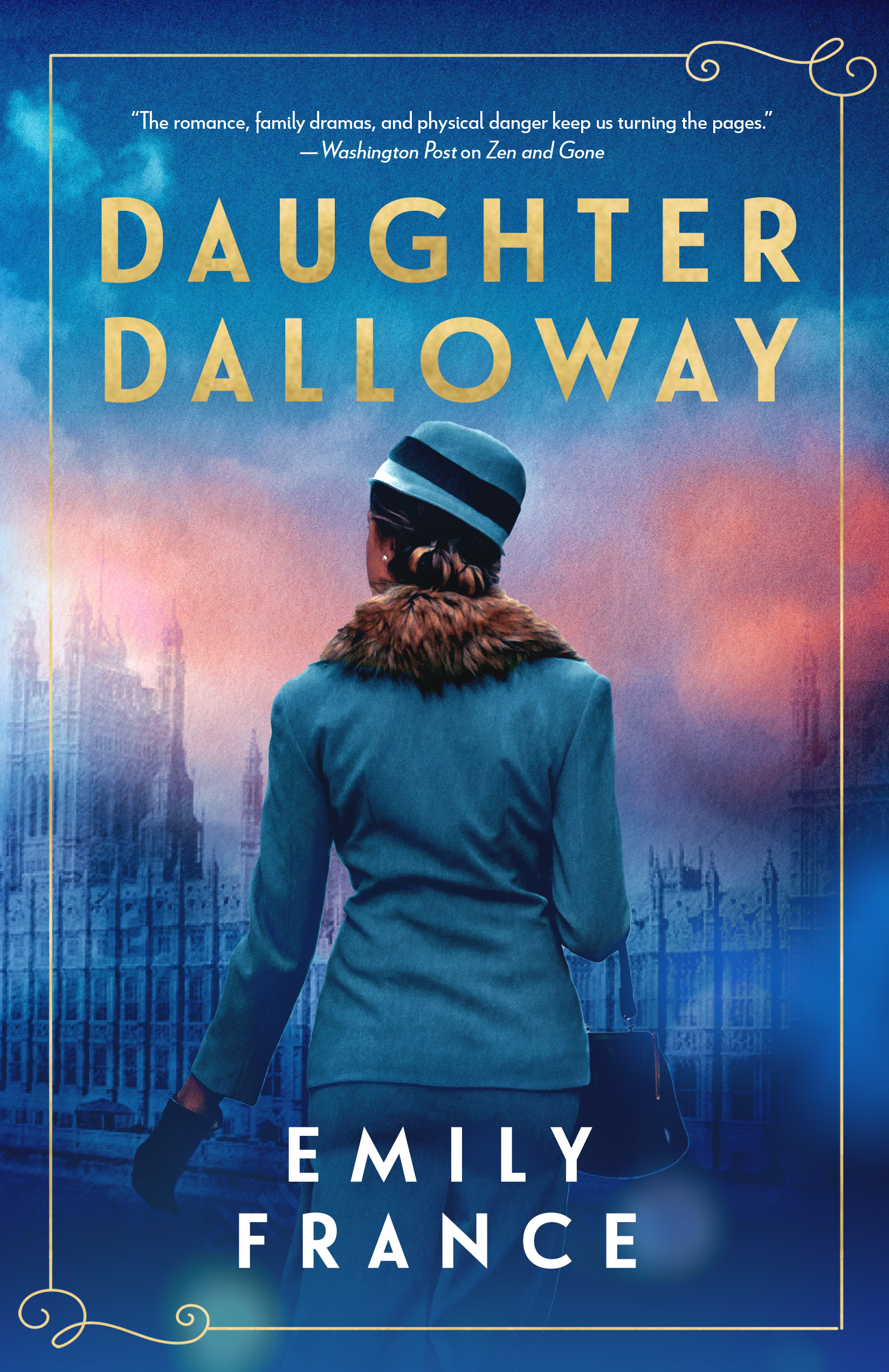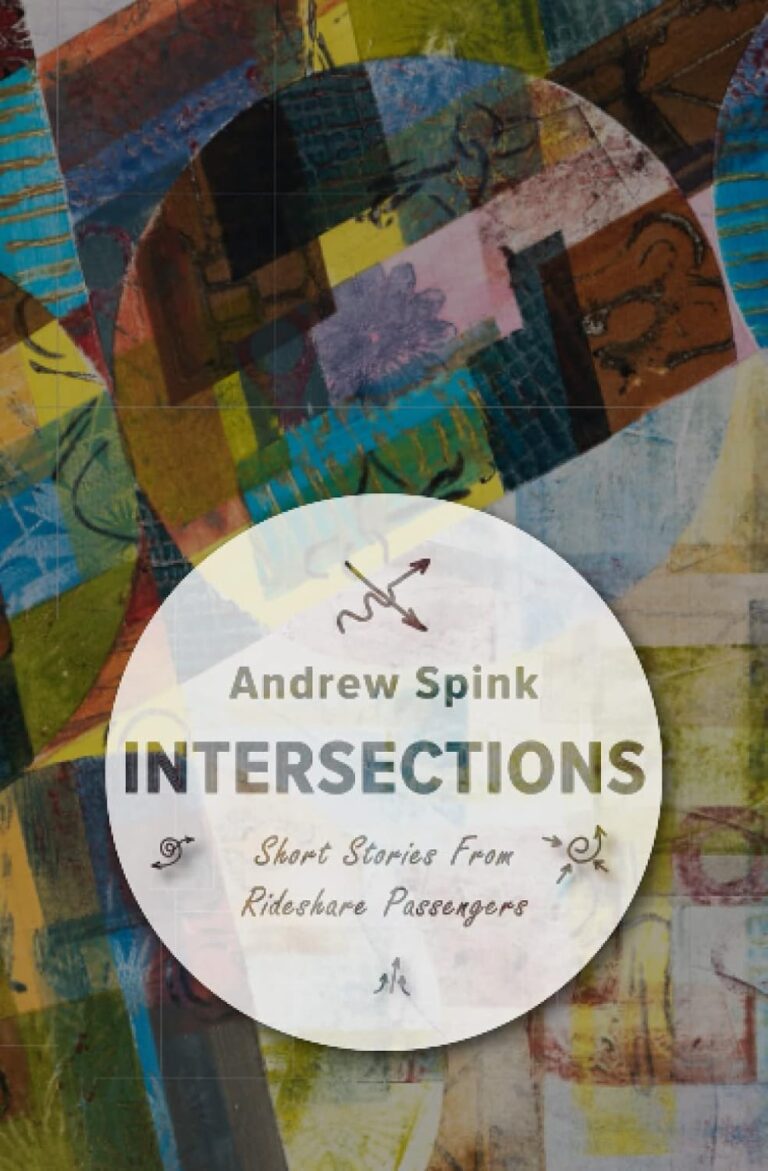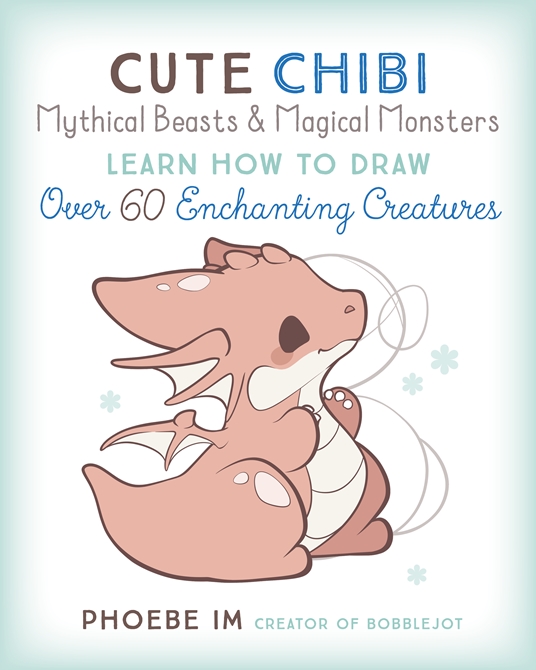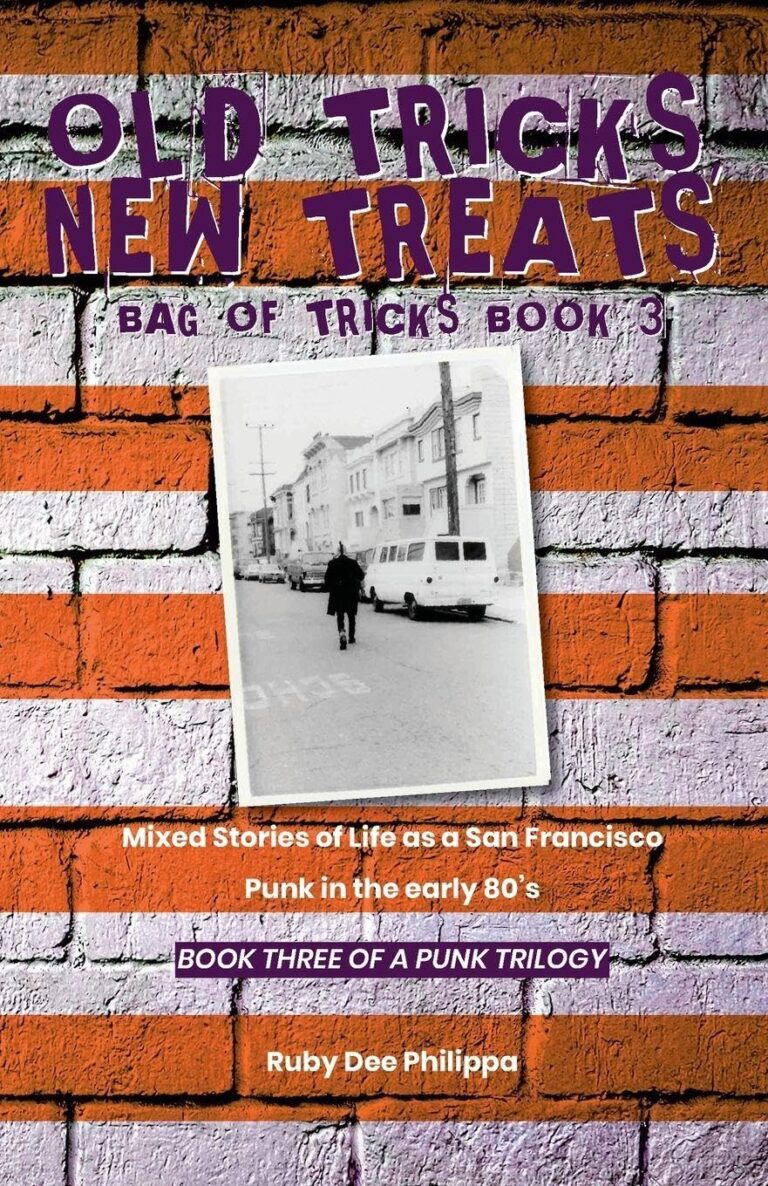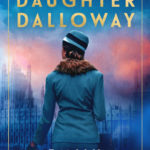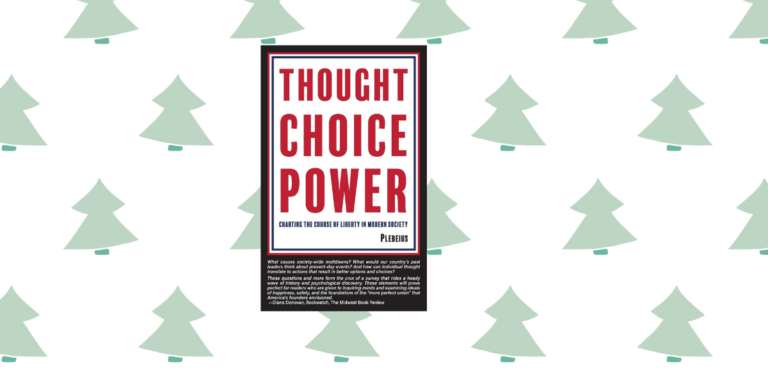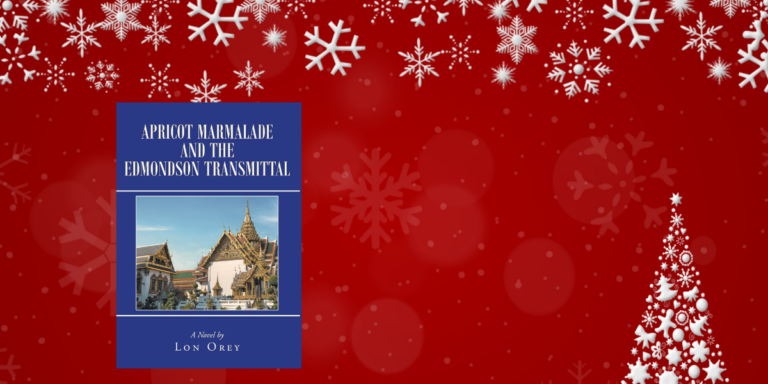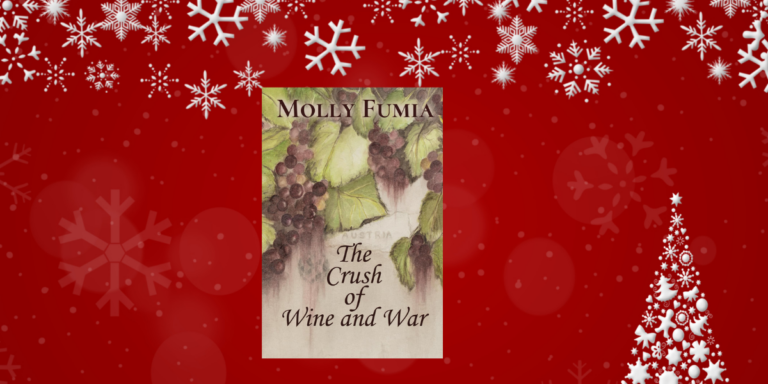Daughter Dalloway, by Emily France, is not so much a retelling of Virginia Woolf’s classic Mrs. Dalloway, but rather, in the manner of Woolf’s own stream-of-consciousness novel, follows two characters, Elizabeth Dalloway and Octavia Smith, tangential characters from the original.
In 1952, Elizabeth, now forty-six, is given a medal with an inscription from her mother to a soldier named Septimus Warren Smith, which sets her on the hunt for her mother, who has been missing since July 1923. At the same time, Septimus’ sister, Octavia, leaves her small village and travels to London to find her brother, who has not communicated since leaving to join the war.
At times Daughter Dalloway by Emily France seems contrived; it tries too hard to force the connection between this novel and the much-loved Woolf. From France’s first sentence, “Elizabeth said she would pick the flowers herself…” I knew I was in for a lot of Mrs. Dalloway references, but is that such a bad thing? Is there a way to write a retelling without a multitude of callbacks and cross-referencing? Frankly, if the reader isn’t familiar with, and more than a little in love with, the original, they probably won’t be picking up France’s novel. As a rabid Woolf fan, I was surprised at how much I enjoyed France’s revisit of the Dalloway world.

